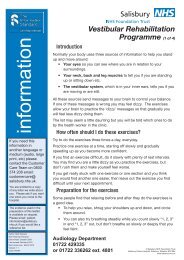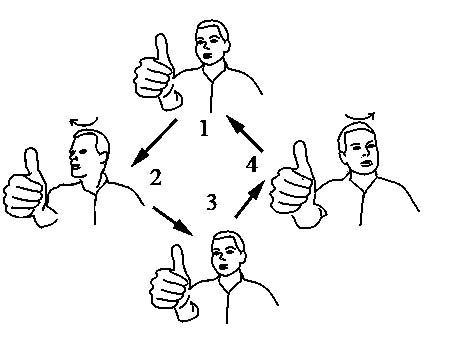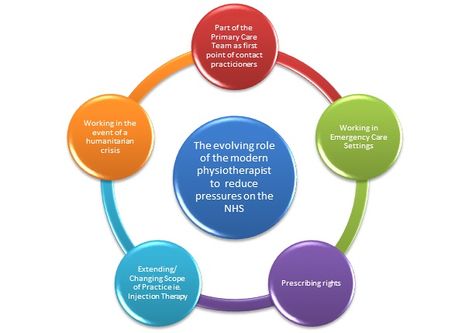vestibular rehab exercises pdf nhs
Dont worry if you seem to be stuck at an exercise for a week or more. You may find it helpful to complete your exercises at specific times each day.
These exercises should be performed for two weeks three times per day or for three weeks twice per day.
. Eye and head movement exercises. C Focus on fingers at arms length. Following thorough examination your Audiologist will work with you on a management plan that may include exercises that you can do at home.
As they are designed to challenge your balance system you may feel some. Exercises manoeuvres suitable for self management of positional vertigo. CC BY-NC-SA Last Revised.
Exercises to. Within the vestibular or balance system. Your vestibular rehabilitation exercises are designed to make you experience mild.
Vestibular rehabilitation wwwuhcwnhsuk - 2 - From this assessment the audiologist will develop an individualised treatment plan that will include exercises to be performed both in the department and at home which combine specific head and body movements with eye exercises. Vestibular exercises merely stimulate the vestibular apparatus. L All exercises should be performed slowly to begin with and gradually progress to faster movements.
Be careful when you start to move after you have completed the exercises. Vestibular rehabilitation VR is an exercise-based programme that is designed to encourage the central nervous system to compensate for problems in the inner ear. Our fact sheets are designed as general introductions to each subject and are intended to be concise.
Vestibular rehabilitation exercises A fact sheet for patients and carers Vestibular compensation Vestibular compensation is a process that allows the brain to regain balance control and minimise dizziness symptoms when there is damage to or an imbalance between the right and left. Treatment may also include increasing. Vestibular Rehabilitation is an exercise-based programme to encourage the nervous system to compensate for problems in the inner ear.
Extra Vestibular Rehabilitation Exercises Procedure Make sure you are seated safely before starting the exercises. Some of the exercises might not provoke dizziness. They succeed in 95 of cases but more arduous than the Epley manoeuvre.
Exercises to improve standing. When there is an injury or abnormality in any portion of this system the brain must be retrained or taught to interpret correctly the information it receives. Focus on your index finger as you bring it from arms length away up to your nose then out again.
The management plan may include. The basic exercises for dizziness. This fact sheet provides information on vestibular rehabilitation exercises for people with dizziness and balance problems.
In most persons complete relief from symptoms is obtained after 30 sets or about 10 days. These exercises are designed to allow your vestibular system to compensate in a. Cawthorne-Cooksey Vestibular Exercises Section A.
The management plan may include. To loosen up before starting gently shrug your shoulders and circle them around a few times. Vestibular Rehabilitation Exercises Level 1.
Following a thorough examination a specialist Physiotherapist will develop a personalised home exercise programme for you. If an exercise does not cause dizziness you should move on to the next exercise. During vestibular rehabilitation therapy VRT home exercises are a vital part of treatment.
Vestibular rehab exercises pdf nhs Saturday April 2 2022 Edit. Exercises A In bed 1 Eye movements. A bend backwards and forwards b turn from side to side B Sitting 1 and 2 - as above.
Keeping head still move eyes left to right 3. At first slow then quick. Exercises for long-term balance problems.
Speed of eye movement should be increased as long as the target stays in focus. If you use glasses wear them while performing exercises. Vestibular rehab exercises pdf nhs Friday May 6 2022.
Each person is affected differently by dizziness and balance problems and you should speak with your GP or. 023 8054 0188 Email. In approximately 30 percent of patients BPPV will recur within one year.
It helps to breathe slowly if you feel dizzy no more than one breath every four to six seconds. Progress can be fast or slow and it may be 1-2 months before you notice the improvement. Exercises l Make sure that you are in a safe environment before you start any of the exercises to reduce the risk of injury.
This adds up to 42 sets in total. Vestibular rehabilitation exercises are. We recommend that you complete your exercises three times a day if possible.
How difficult should my exercises feel. Turn your head from right to. Later with eyes closed.
General Information for Eye Exercises Target must remain in focus not blurry and appear stationary while head is in motion. What is Vestibular Rehabilitation. Keeping the head still move eyes up and down 2.
Vestibular rehabilitation exercises A fact sheet for patients and carers Vestibular compensation Vestibular compensation is a process that allows the brain to regain balance control and minimise dizziness symptoms when there is damage to or an imbalance between the right and left vestibular organs balance organs in the inner ear. It is important to complete your exercises this often every day. Cawthorne-Cooksey Vestibular Exercises Section A.
Exercises are beneficial to you based on your condition at this time. Talk to your health care provider if you have any questions about this document your condition or your treatment plan including whether it is appropriate to continue doing these exercises should your condition change. Brandt-Daroff exercises These exercises are a method of treating Benign Paroxysmal Positional Vertigo BPPV.
Audiology and hearing therapy department Level A The Royal South Hants Hospital Brintons Terrace Southampton Hampshire SO14 0YG Telephone. Please do all six movements 2-3 times each day. At first slow then quick a up and down b from side to side c focus on finger moving from 3ft to 1ft away from face 2 Head movements.
Level 1 Eye movements head kept still a Look up then down. The Brandt-Daroff exercises should be performed for two or three weeks and a suggested schedule is as follows Time exercise duration. The brain interprets information gained from the vestibular or balance system.
L Exercises should be performed 3 times a day. Sitting first then when more confident standing. Vestibular rehabilitation exercises A fact sheet for patients and carers Vestibular compensation Vestibular compensation is a process that allows the brain to regain balance control and minimise dizziness symptoms when there is damage to or an imbalance between the right and left vestibular organs balance organs in the inner ear.

Vestibular Rehabilitation Exercises Brain Spine Foundation

Vestibular Neuronitis Vestibular Neuritis Conditioner Inner Ear

Nhsggc Vestibular Exercises 007 Brandt Daroff Youtube

Vestibular Rehabilitation Benefit Questionnaire

Vor Exercise Gaze Stabilisation Exercises Ear Balance And Eustachian Tube

Wrist Exercises Mobilityexercises Wrist Exercises Hand Therapy Exercises Hand Therapy

Reducing Pressures On The Nhs The Emerging Role Of The Physiotherapist In Healthcare Reform Physiopedia

Vestibular Rehabilitation Giddiness Exercises Youtube

In Patient Falls Resource Nhs Forth Valley

Wrist Exercises Mobilityexercises Wrist Exercises Hand Therapy Exercises Hand Therapy